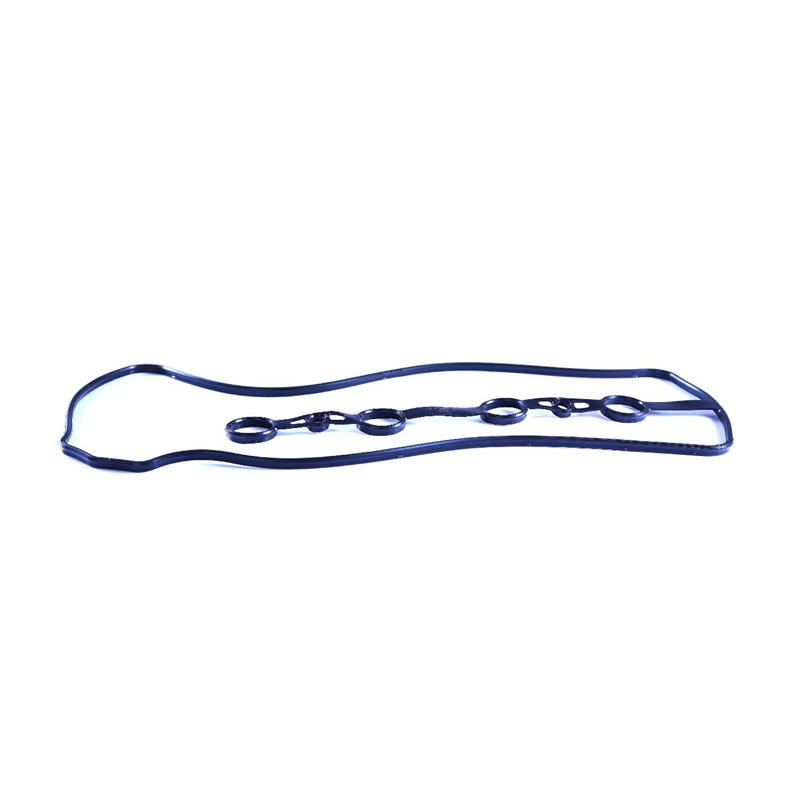11 月 . 03, 2024 02:41 Back to list
retainer oil seal
Understanding Retainer Oil Seals A Comprehensive Overview
In the realm of mechanical engineering and automotive design, the importance of sealing components cannot be overstated. Among these, retainer oil seals play a crucial role in ensuring the efficient operation of machinery and vehicles. This article aims to delve into the significance, design, and function of retainer oil seals, providing a well-rounded understanding of their application.
What is a Retainer Oil Seal?
A retainer oil seal, often referred to simply as an oil seal, is a mechanical component designed to retain lubricants while preventing the ingress of contaminants. Typically made of rubber or polyurethane, these seals are engineered to fit securely around rotating shafts or within housings. They are essential in applications where oil or grease is utilized as a lubricant, protecting vital components from wear and tear caused by friction.
Importance of Retainer Oil Seals
Oil seals serve several key functions. Primarily, they prevent oil leakage, which can lead to significant malfunctions in machinery. When oil leaks, not only is the lubricant compromised, but it can also result in the breakdown of other components due to inadequate lubrication. This is particularly critical in engines, gearboxes, and hydraulic systems where consistent lubrication is vital for optimal performance.
retainer oil seal

Furthermore, retainer oil seals protect against dirt, dust, and other contaminants that can enter the machinery. The ingress of foreign materials can cause abrasion and damage to components, leading to costly repairs and downtime. Thus, oil seals play a dual role in maintaining the integrity and longevity of mechanical systems.
Design and Materials
The design of a retainer oil seal is paramount for its effectiveness. Typically, these seals comprise a sealing lip, a metal retainer, and a spring to enhance the sealing efficacy. The sealing lip is the part that makes contact with the shaft, and its design is critical for minimizing friction and wear. Depending on the application, this lip may feature different profiles—such as a single or double lip design—to suit specific needs.
Materials used for manufacturing oil seals vary, but they are primarily chosen for their resistance to heat, oil, and environmental factors. Common materials include nitrile rubber (NBR), fluorocarbon rubber (FKM), and silicone. Each material has distinct properties that make it suitable for particular applications, whether it’s high temperature, aggressive chemical exposure, or varying operational pressures.
Conclusion
Retainer oil seals are indispensable components in various mechanical systems, providing essential functions that ensure efficiency and longevity. Understanding their design, materials, and operational roles is crucial for engineers and technicians tasked with maintaining and repairing mechanical systems. As machines continue to evolve and require more complex sealing solutions, the importance of oil seals will undoubtedly grow, making it an area of ongoing interest and innovation in the engineering discipline. Investing in quality retainer oil seals can lead to improved performance, reduced maintenance costs, and enhanced operational reliability.